What Common Challenges Do Manufacturers Face with Vertical Vacuum Packing?
Vertical vacuum packing is a popular packaging method used by manufacturers to keep products fresh and prevent contamination. However, this process can also pose a number of challenges for manufacturers. Here are some of the most common challenges manufacturers face with vertical vacuum packing:
Maintaining Seal Integrity
Ensuring that the vacuum seal is airtight is crucial to preserving the product’s quality and preventing spoilage. Manufacturers must carefully control the vacuum level and sealing time to create a strong and reliable seal. Factors such as the product’s consistency, moisture content, and packaging material can affect the sealing process, making it difficult to achieve consistent results.
Product Damage
Vacuum packing can exert pressure on the product, which can damage delicate items or cause changes in product shape or texture. Manufacturers must carefully select packaging materials and adjust the vacuum level to minimize the risk of product damage. Additionally, they need to ensure that the product is properly handled and positioned within the packaging to prevent any movement during the vacuum process.
Contamination Control
Despite the vacuum sealing, contamination can still occur if the packaging material or process is not properly controlled. Manufacturers must implement strict hygiene practices and use high-quality packaging materials to prevent the introduction of microorganisms or foreign objects into the packaging. Additionally, they need to ensure that the vacuum chamber is properly cleaned and maintained to prevent cross-contamination.
High Cost and Time Consumption
Vertical vacuum packing can be an expensive and time-consuming process, especially for large-scale operations. Manufacturers must invest in specialized equipment and materials, which can add to the overall cost of production. Additionally, the vacuum packing process itself can take a significant amount of time, especially for products that require multiple layers of packaging or complex sealing operations.
Equipment Maintenance and Troubleshooting
Vertical vacuum packing equipment requires regular maintenance and troubleshooting to ensure optimal performance and minimize downtime. Manufacturers must have skilled personnel who can diagnose and resolve any technical issues quickly to prevent production delays. Additionally, they need to establish a proactive maintenance schedule to replace worn-out parts and prevent breakdowns.
Vertical vacuum packing offers numerous benefits for manufacturers, but it also poses a number of challenges. By understanding these challenges and implementing appropriate measures, manufacturers can overcome these obstacles and achieve optimal results in terms of product quality, safety, and efficiency.
-
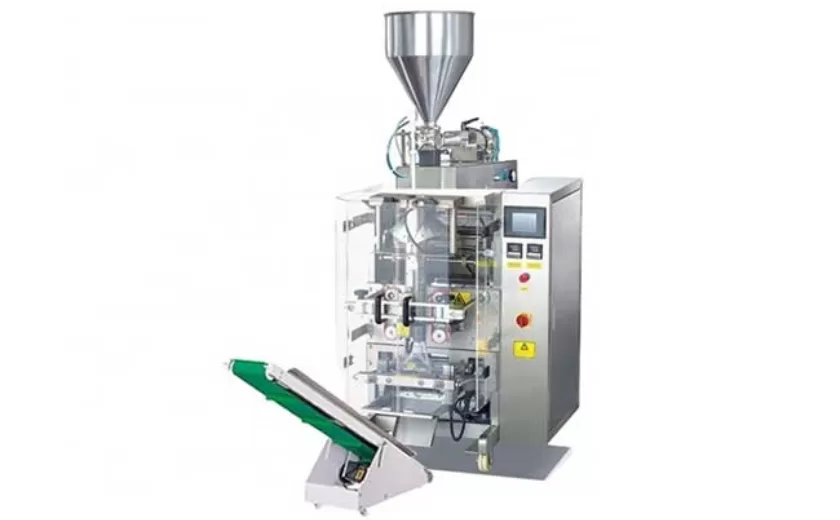
Advanced Packing Solutions: Snacks, Sugar, and Frozen Food Machines
29-10-2025 -
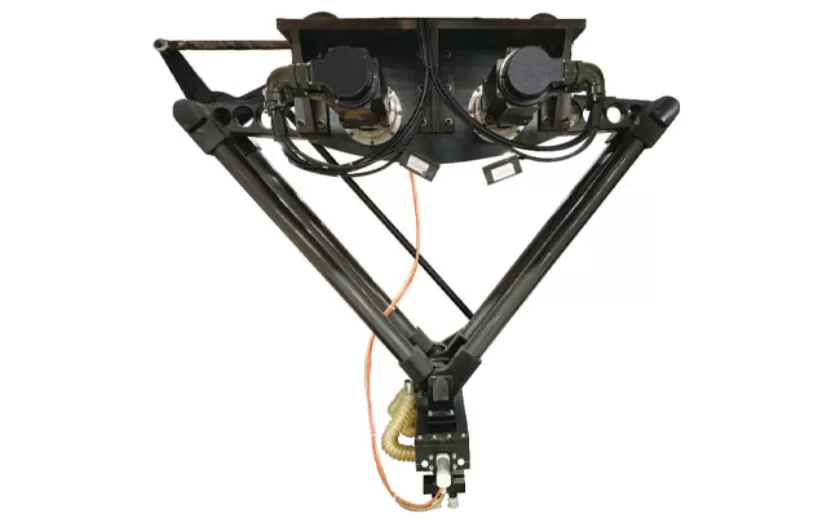
Efficient and Reliable Solutions for Salt, Nuts, and Frozen Dumplings Packing
29-10-2025 -
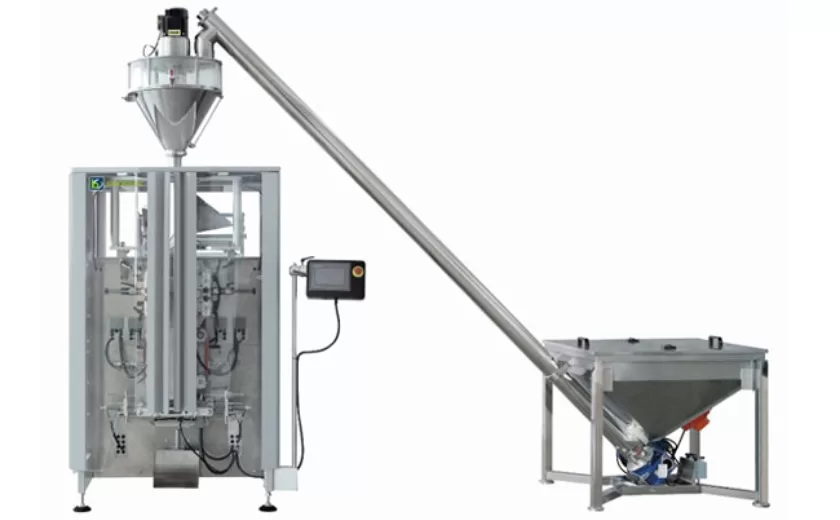
High-Performance Biscuits, Lollipop, and Ketchup Packing Machines for Modern Food Production
29-10-2025 -

Efficient Liquid Filling and Packing Machines for Modern Production
23-10-2025 -
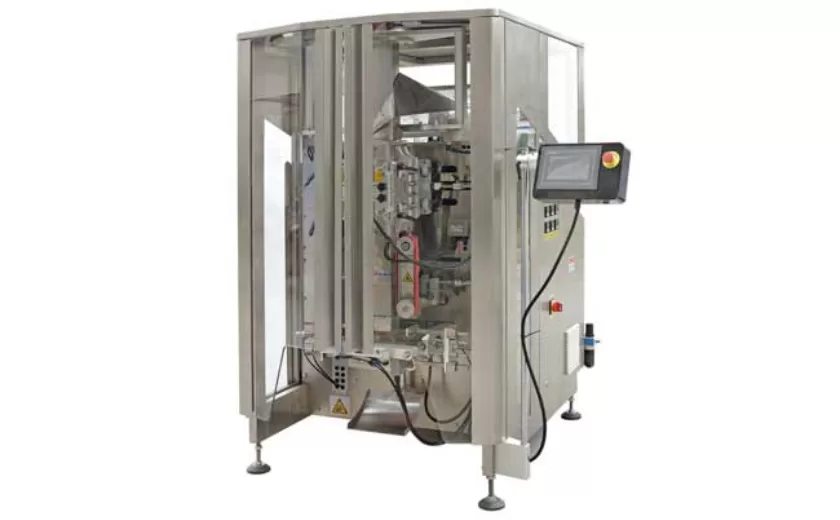
Reliable Granule Packaging Machines for Efficient Production
23-10-2025 -

Efficient Auger Powder Filling Machines for Accurate Packaging
23-10-2025 -

High-Performance Liquid Filling and Packing Machines for Hygienic Production
10-10-2025 -

High-Efficiency Granule Packaging Machines for Precision and Speed
10-10-2025 -

High-Precision Auger Type Powder Filling Machines for Efficient Packaging
10-10-2025 -
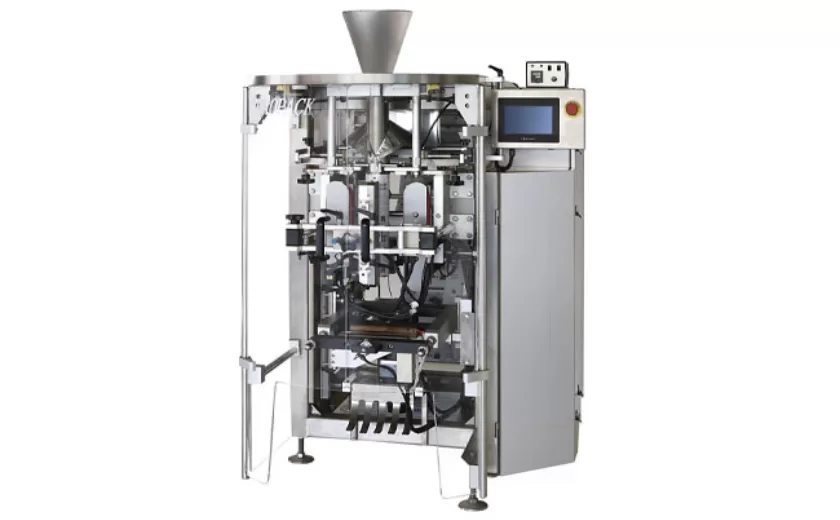
Efficient Vertical Form Fill Seal Packaging Machines for Smart Production
10-10-2025





